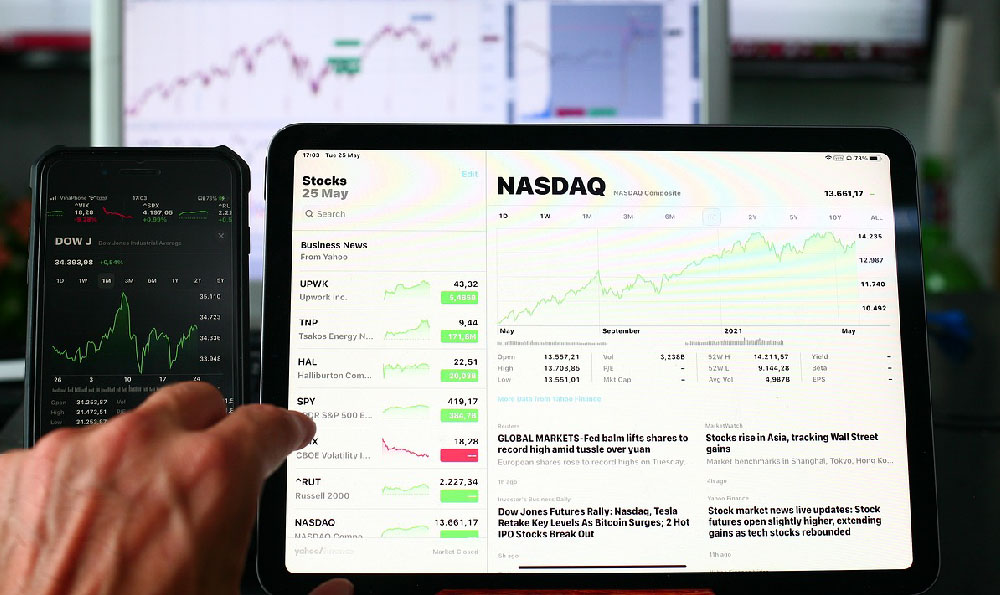How Much Can You Earn on YouTube? What Factors Influence Your Potential Income?

YouTube, a global powerhouse of video content, has become more than just a platform for entertainment. It's a viable avenue for creators to share their passions, build communities, and, most importantly, generate income. For many aspiring YouTubers, the burning question remains: how much can you actually earn? While the platform doesn't offer a straightforward answer, understanding the intricacies of YouTube monetization and the factors that influence earning potential is crucial for anyone looking to turn their channel into a revenue stream.
The most common misconception is that simply having a YouTube channel guarantees riches. The reality is far more nuanced. YouTube’s Partner Program (YPP) is the gateway to monetization, and meeting its eligibility requirements is the first hurdle. Currently, channels need at least 1,000 subscribers and 4,000 valid watch hours within the past 12 months to qualify. These metrics demonstrate a level of engagement and viewer interest that justifies YouTube investing in monetizing the channel.
Once accepted into the YPP, creators can enable monetization on their videos. This means ads will be displayed before, during, or after the video, and the creator will earn a portion of the revenue generated from these ads. This is where the concept of CPM (Cost Per Mille) and RPM (Revenue Per Mille) comes into play. CPM refers to the cost advertisers pay for 1,000 ad impressions. However, CPM doesn’t directly translate to creator earnings. RPM, on the other hand, represents the actual revenue a creator earns per 1,000 views after YouTube takes its cut. This is the more useful metric for gauging income potential.

Several factors significantly impact CPM and RPM rates. One of the most significant is niche. Certain niches, such as finance, business, technology, and education, tend to attract advertisers willing to pay higher CPMs due to the demographic they reach. These niches often cater to viewers with higher disposable incomes or specific purchasing needs, making them valuable targets for targeted advertising. Conversely, niches like gaming, vlogging, or comedy may have lower CPMs, although the potential for massive viewership can still lead to substantial earnings.
Audience demographics are another critical factor. Advertisers are willing to pay more to reach audiences in countries with higher purchasing power, such as the United States, Canada, the United Kingdom, Australia, and Western European nations. Videos that primarily attract viewers from these regions will generally command higher CPMs than those primarily viewed in countries with lower economic development. Age and gender also play a role. Certain products and services are targeted towards specific demographics, and advertisers will adjust their bids accordingly.
Video engagement metrics play a crucial role. YouTube’s algorithm prioritizes videos that keep viewers engaged, leading to longer watch times and more ad impressions. Videos with high click-through rates (CTR), average view duration, and audience retention will be favored by the algorithm, resulting in more views and ultimately, higher earnings. Encouraging viewers to like, comment, and subscribe also signals to YouTube that the content is engaging and valuable.
Ad format choices impact revenue. Different ad formats, such as skippable video ads, non-skippable video ads, bumper ads, and display ads, have varying CPM rates. Non-skippable ads generally generate the highest revenue, but they can also be disruptive to the viewer experience. Creators need to carefully consider the trade-off between revenue and viewer satisfaction when choosing ad formats. Overly aggressive or intrusive ad placements can lead to viewers abandoning the video, negatively impacting watch time and overall earnings.
Beyond ad revenue, creators can diversify their income streams through other monetization methods. Affiliate marketing involves promoting products or services in videos and earning a commission on sales generated through unique affiliate links. Sponsorships involve partnering with brands to create dedicated content or integrate their products into existing videos. These can be very lucrative but require careful consideration to ensure the brand alignment and maintain audience trust. Selling merchandise, such as apparel, accessories, or digital products, is another option for creators with a strong brand identity and loyal fanbase. YouTube Premium revenue, where creators earn a portion of subscription fees from viewers who watch their content without ads, also contributes to overall earnings.
The frequency and consistency of content creation significantly influence income potential. Regularly uploading high-quality videos helps maintain audience engagement, attract new viewers, and increase overall watch time. A consistent upload schedule keeps the channel top-of-mind for viewers and signals to the YouTube algorithm that the channel is active and deserving of promotion. However, quality should always outweigh quantity. Producing engaging, informative, and entertaining content is essential for retaining viewers and building a loyal subscriber base.
Competition within a niche affects earning potential. Highly competitive niches may require more effort to stand out from the crowd and attract viewers. Conducting thorough keyword research, optimizing video titles and descriptions, and creating compelling thumbnails are crucial for improving search rankings and attracting clicks. Collaborating with other creators in the same niche can also help expand reach and introduce the channel to new audiences.
Ultimately, the amount you can earn on YouTube is highly variable and depends on a complex interplay of factors. There's no magic formula or guaranteed income. Success requires a combination of passion, dedication, strategic planning, and a willingness to adapt to the ever-changing landscape of the platform. Focusing on creating valuable content that resonates with a specific audience, diversifying income streams, and consistently optimizing the channel for growth are key to maximizing earning potential and building a sustainable YouTube career. While the journey may be challenging, the rewards can be significant for those who are willing to put in the work and embrace the opportunities that YouTube offers.














